From mountain enthusiasts and businessmen to students or university professors, corporatists or artists, or Romanians leaving abroad, and foreign tourists, many have walked on this Romanian road already.
Urmărește mai jos producțiile video ale Economedia:
- articolul continuă mai jos -
Traveller’s tales have all sorts of ingredients: images of neat villages or landscapes from the other edge-of-the-world, medieval fortresses, forests, paths and streams and bridges and mountaintop sunrises, and the sudden appearance of chamois goats; pictures of pies and sheep chees at sheperd’s huts come to view, a glass of wine, and stories with bears; someone has a moment that evokes the image of Nechifor Lipan, the main character in the novel “The Hatchet” inspired by the popular Romanian folk ballad Miorita, someone else talks about meetings with shepherds, while others recount French cyclists on their way to Sweden.
They are all travelers with images and memories from “Via Transilvanica”, a kind of “Camino de România” – a project by the Tășuleasa Social Association. In 2018, Tășuleasa aimed to develop a 1,400 km long route throughout Romania, from Putna in the north east, to Drobeta Turnu Severin in the south-west, a trail across the country that hikers can cover on foot or by bicycle, or even on horse back. Three years later, the team announces that it is preparing to exceed the 1000 km threshold.
- The Camino de Santiago or the Way of St. James is the name of one of the most famous pilgrimage routes in Spain, all having as their destination the city of Santiago de Compostela, where the remains of St. James are located. Every year, more than 150,000 pilgrims and almost 3 million tourists from all continents arrive in Santiago de Compostela on foot.
Alin Uhlmann Ușeriu, the president of the Tășuleasa Association, talked about what are the steps that the team still has to take to complete the project, but also what his expectations are for the Via Transilvanica, a road that until now cost 1.5 million euros, and required great support from the community, and many steps taken by hiker-workers, as well as 170 administrative decisions by various local councils.
One of the first travelers on the Via Transilvanica trail who put aside his work for almost two months to take Romania on foot, recounts his impressions and tells why he would recommend it to other hikers.
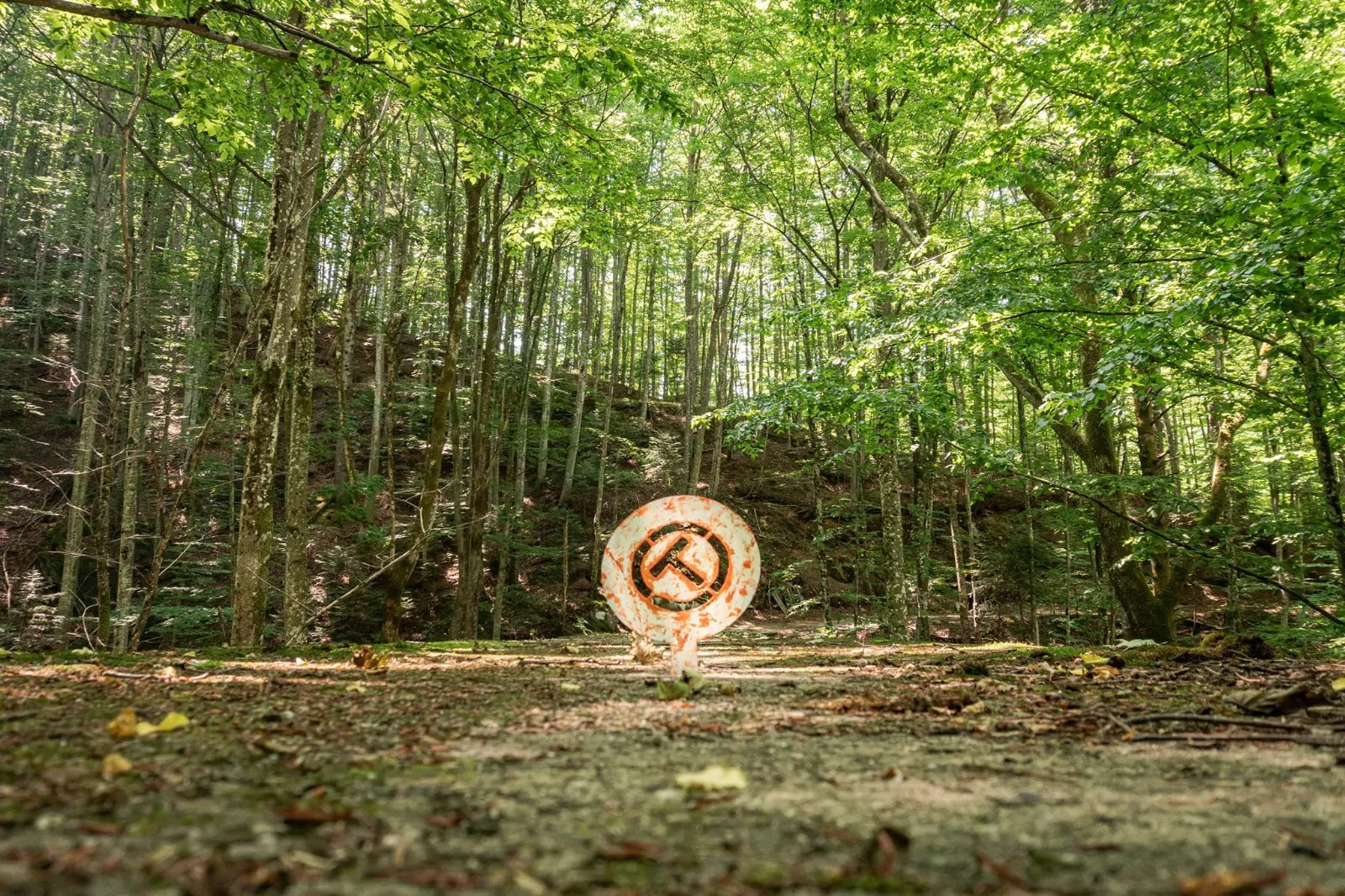
How Via de România started
About three years ago, the people from Tășuleasa Social (especially known for their afforestation actions) set out to arrange a road; A road that starts “from Putna, where Stephen the Great rests”, that crosses Transylvania and its cultural riches, and reaches Drobeta Turnu-Severin – “where King Carol entered the country for the first time”. A “Camino de Romania”. A road that “unites”. “We were inspired by the pilgrimage trails in Spain and the endurance trails in the United States or India, we saw that such roads influence cultures, form communities, and contributed to the development of the areas they cross,” explained the initiators of the project .
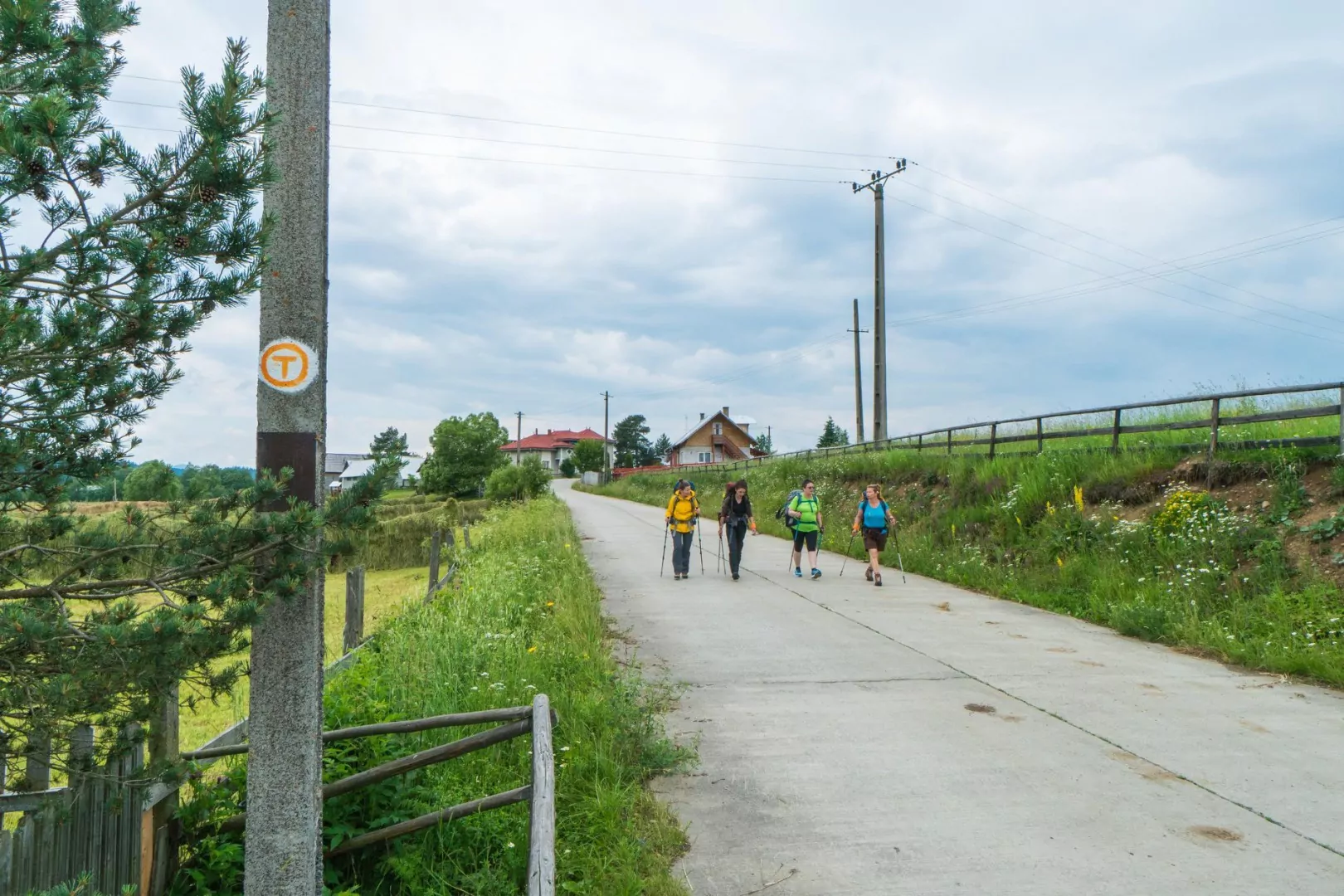
The route
The route will have a total length of about 1,400 km, from Putna to Drobeta Turnu Severin, and can be covered in several week, or in part in a few days, “according to the power and desire of the traveler”, specify the route’s designers.
They prepare the Via Transilvanica Infrastructure with data on accommodation and meals, as well as historical and cultural information of different geographical areas. The road is, or will be marked with specific identification elements to guide the traveler along the way. In some parts, however, the interventions were much more complex than the installation of milestones.
Via Transilvanica was also built with the support of the community. Those who wish can contribute with donations or by paying 1000 euros for a milestone.
The arrangement of the road was planned in several stages, a first portion being planned for 2018 – the first 100 km: within Bistrița-Năsăud county. In 2020, another 800 km were completed in the counties of Suceava, Bistrița-Năsăud, Mureș, Harghita, Brașov, Sibiu and Mehedinți.
An important threshold will be reached in 2021. “If all goes according to plan, on Saturday we will exceed the threshold of 1000 kilometers of Via Transilvanica”, VT representatives recently announced. More precisely, after the opening of Caraş-Severin County, which will take place on Saturday in Gărâna, the team will have reached 1077 kilometers of route, broken by two counties: Alba and Hunedoara.
“They are part of the plan for the near future, but they require all kinds of resources to complete the Via Transilvanica” Tășuleasa representatives said in a post on Facebook. “When we launched this project three years ago, we predicted that we would need at least ten years to complete it” VT promoters recall.
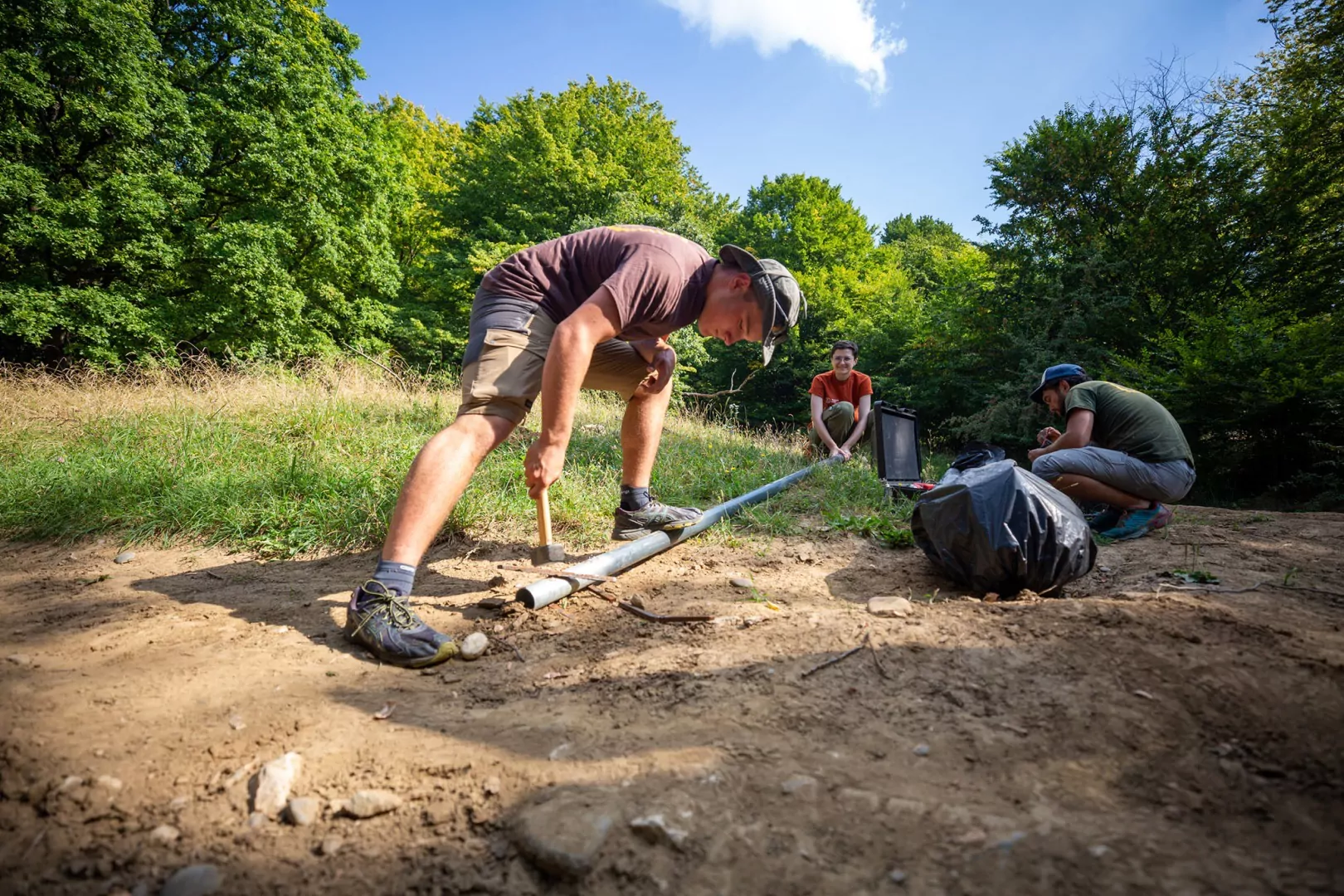
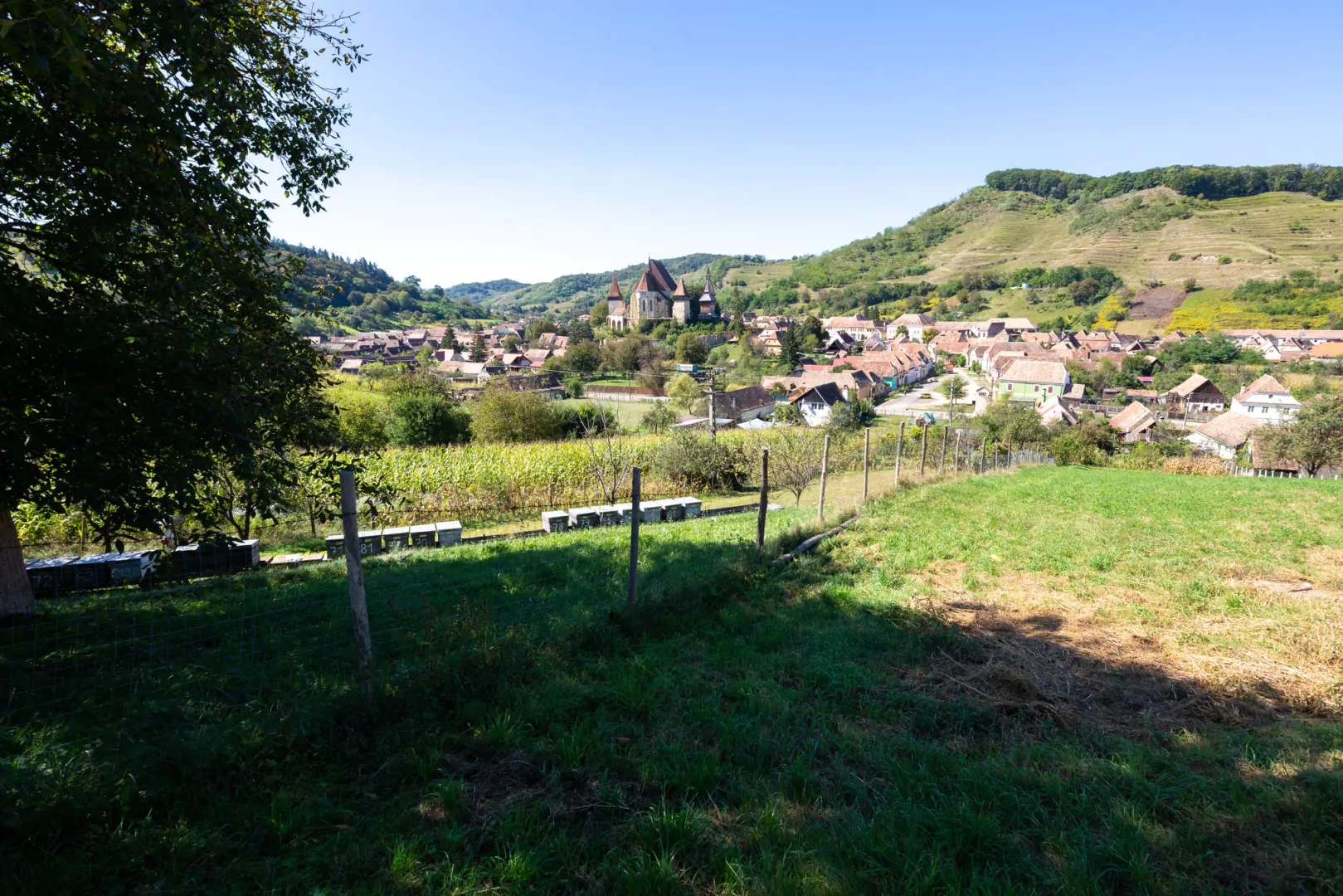
The team and the plan
Alin Uhlmann Ușeriu, the president of the Tășuleasa Association, talks about the steps that the team still has to take to complete the project, but also what are his expectations for Via Transilvanica.
Considering the work pace reached, the team at Tășuleasa estimates that the entire route could be ready by next fall, if resources are available. So far, around 1.5 million euros have been spent on arranging the route, and the amount needed to complete the project is estimated at 600,000 euros, says Ușeriu.
He wants to mention that the project did not use public money at all. Of the 1077 km covered, approximately 830 were financed via donations, sponsorships, and partnerships with companies, but part of the road was financed with proceeds from the sale of the book “27 steps” by Tibi Ușeriu (one of the main ambassadors of the VT) which made possible tens of kilometers of route, says his brother, Alin. “Now we are entering an organizational mini-bankruptcy, so we can rest a little. The last 260 km were extremely difficult “, he states.
Arranging a route at such a distance requires considerable effort in terms of administrative issues – it takes a lot of “art” to navigate the bureaucratic hassle, say the initiators of the project.
“Legislation from this point of view is catastrophic in Romania. If someone rents a plot of land of 1000 hectares, they do not have to open the access to it. Think about how difficult it is to bypass such a surface “, exemplifies Ușeriu. Advocacy is another example of the challenges faced along the road: no less than 170 decisions of the Local Council have been necesarry for the arrangement of Via Transilvanica.
“We have pots and jugs full of gold, we also know where they are, but we are too lazy or we are too unconscious to do something,” says Ușeriu about the untapped resources in our country.
He considers that, through such a project, Romania can enter the select club of important tourist destinations in Europe. We already have the necessary ingredients: spectacular nature, an unprecedented rural heritage, a safe country.
“The tranquility of the Romanian villages is an extraordinarily rare commodity abroad”, says Ușeriu. So the Via Transilvanica can become an important ambassador for Romanian tourism, but also a generator of resources, especially for those who have small rural businesses along the route, considers the President of Tășuleasa.
“No matter how good we are, no matter how beautiful Romania is, no matter how many financial resources we have at our disposal – all this is only half of the project. The hospitality must live up to the project. Then there’s something else. The Spaniards have El Camino because they travel on El Camino. Romanians must take on this project. The project will be a success if we travel the route and if we take care of it. Take the country in stride, and you will discover amazing things, you will discover a different Romania! ”, urges Alin Ușeriu.
“This is not the Ușeriu brothers’ trail, it is Romania’s trail”, underlines the project coordinator. He mentions that the project is also included in the National Recovery and Resilience Plan. “I would like for it to remain in the program and to receive the right infrastructure. You realize that an NGO cannot put macadam on the whole route, although there are millions of tourists, including active retirees in Europe, who would be interested in coming on such a route, in a safe country, with spectacular landscapes, and an impressive rural heritage”, mentions Ușeriu.
The first signals show that hikers in Romania (and others as well) were waiting for such an offer as Via Transilvanica. “What is happening is spectacular! There can be hundreds of people on the route every day. About 5 to15 people leave Putna (starting point) every day “, says Ușeriu.
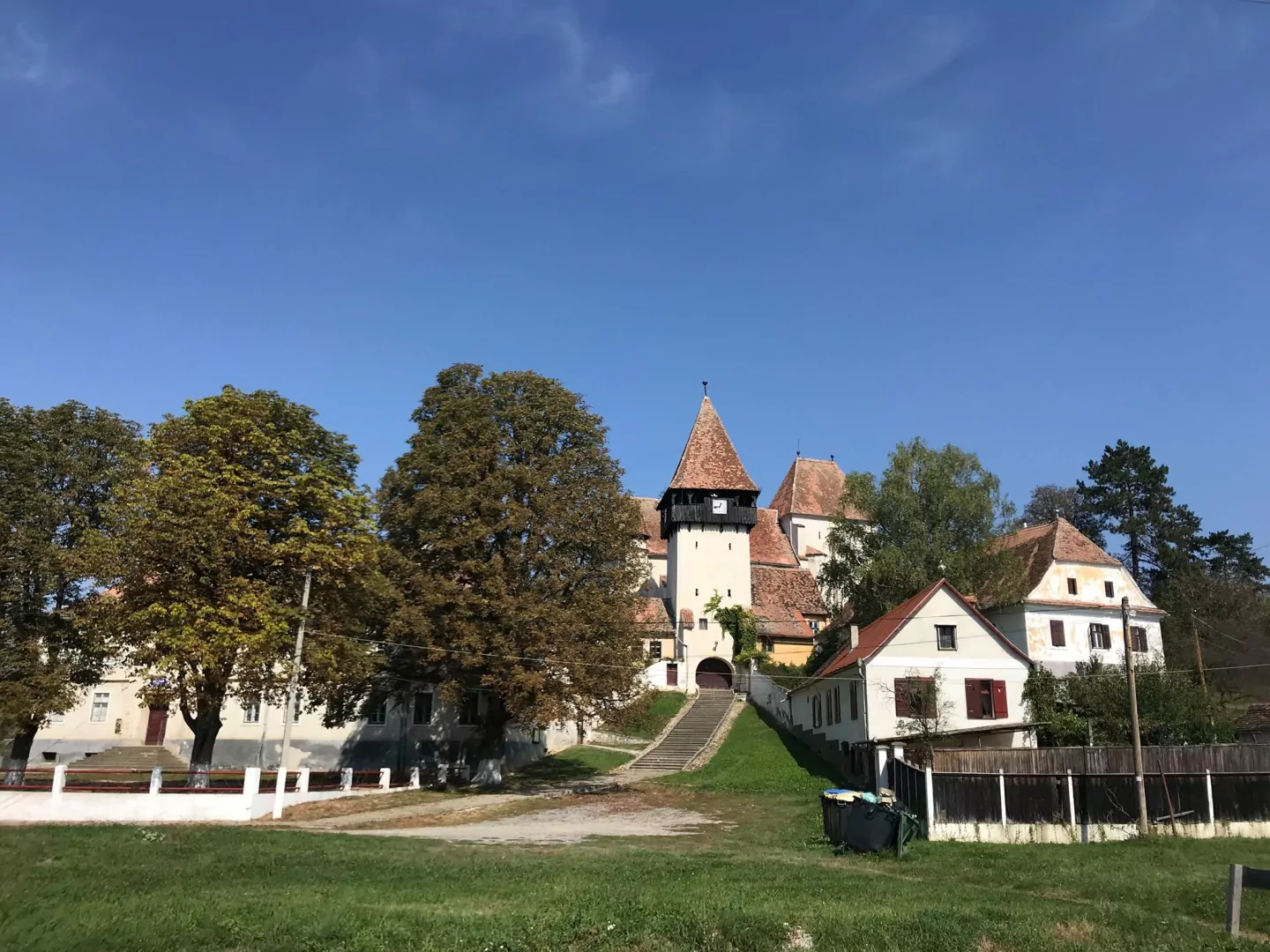
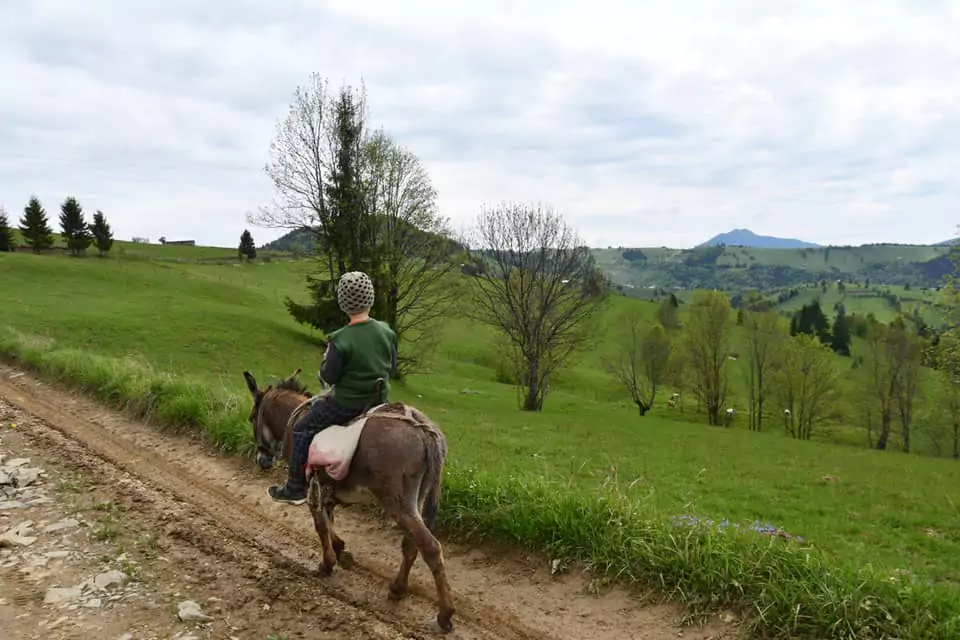
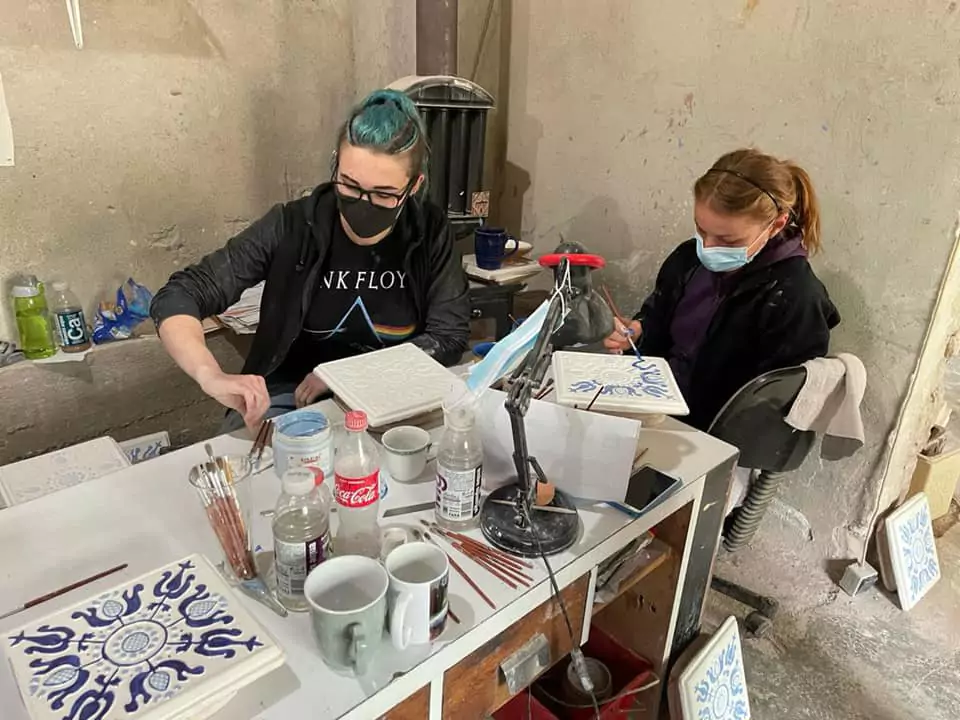
The community
Even if the route is not complete, the first hikers started testing it a long time ago. They even set up a Facebook group where they share pictures, stories and tales. Some set off on their own, others with family or a group of friends. Some make friends on the route or announce that they want to join a group, others seek to break away from the world and start on the road alone. All kinds of advice is offered: on the route, on the weather, recommendations on where to spend the night or what shoes are best suited.
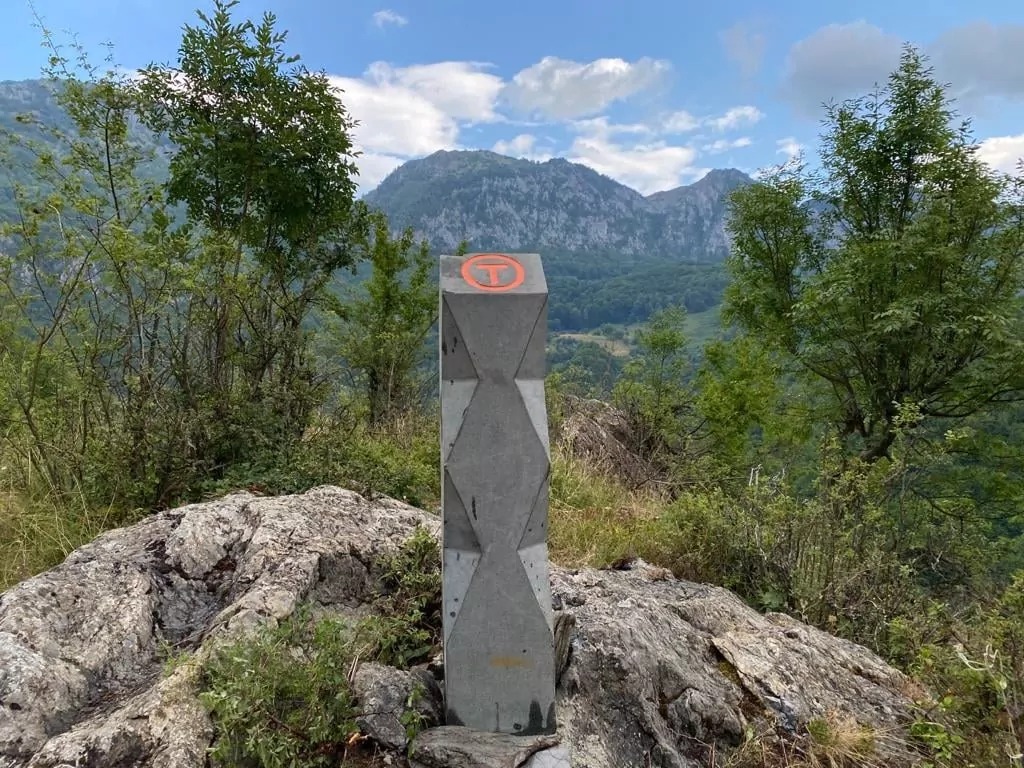
The traveler. “Go on thy way with health!”
Răzvan Sprivac is one of the first hikers to test Via Transilvanica. He set off in early May and was on the road for almost two months. He told us what he was left with after taking this road and how this route is different from other trips.
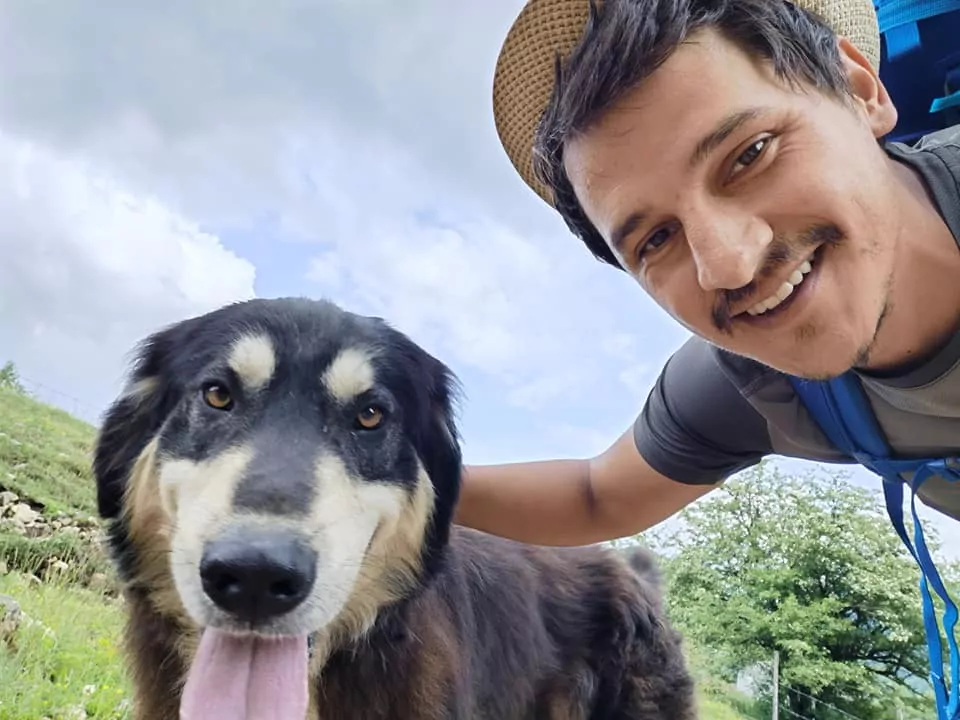
“Via Transilvanica for me was an experience of living several lives in the same life. It is said that some people live one life, others can live 100. Now I fully believe this, I have experienced a completely different life, a life in harmony with nature, with what nature has to offer – water, shelter, firewood, we felt a small part of what the lives of our ancestors meant. For me, Via Transilvanica is a journey of self-discovery, of discovery of the country and of a real, pure Romania, with the good and the bad. When I passed a gate and some old people said to me “go on your way with health, God help you!” my hair stood on end. Because they were pure words, from the heart, disinterested. This is Romania that I have seen and lived. With simple people, from whom we all have something to learn “, believes Răzvan.
The young man walked some time ago on the Camino de Santiago, a somewhat similar route, but which meant a completely different experience. I say “similar” from the perspective of the fact that it is a long distance route that is covered on foot, but in reality the two (Camino and Via Transilvanica, n.red.) Have absolutely no connection.
In Spain, I felt connected to the people, there you had access to people from all over the world and it was an experience to socialize with them. Otherwise, it was a walk from place to place, with everything you need at hand, without any adventure or connection with the local culture. Tourism. I am a traveler, I am not interested in tourist attractions, I am interested in places, people, stories, how to live in different areas, and we have this on Via Transilvanica. I saw the differences from place to place, differences in speech, dress, houses, nature, habits. I had the feeling that I had crossed several countries, so great is the natural and cultural diversity “, said the traveler.
I asked Răzvan if he would recommend this route to other hiking enthusiasts. The answer came without hesitation. “I wholeheartedly recommend it. I strongly believe in the power of this journey to unite people in a clean, simple, disinterested way. Especially in the times we live in, when technology takes over and creates a distorted image of life, I think it is an extraordinary chance for us, Romanians in the first place, and then for foreigners as well to enjoy the beauties of this country and when I say that’s what I think about nature, people, food, and history “, says Răzvan.
He himself took a few weeks off from work, in order to take Romania on foot. “I am an entrepreneur and my dream, like any other entrepreneur, is to develop businesses that work on their own. So that’s what I did. I developed a business that worked for 2 months without me being fully there, as there were only small moments when I had to intervene. For me, it was a test I passed. It seems that what I have built in recent years is solid enough to work without me. That makes me very happy “, says Răzvan, who has a business in the field of tax consulting. “I thank my colleagues and collaborators very much for the people they are. Fair and professional “, the entrepreneur wanted to add.
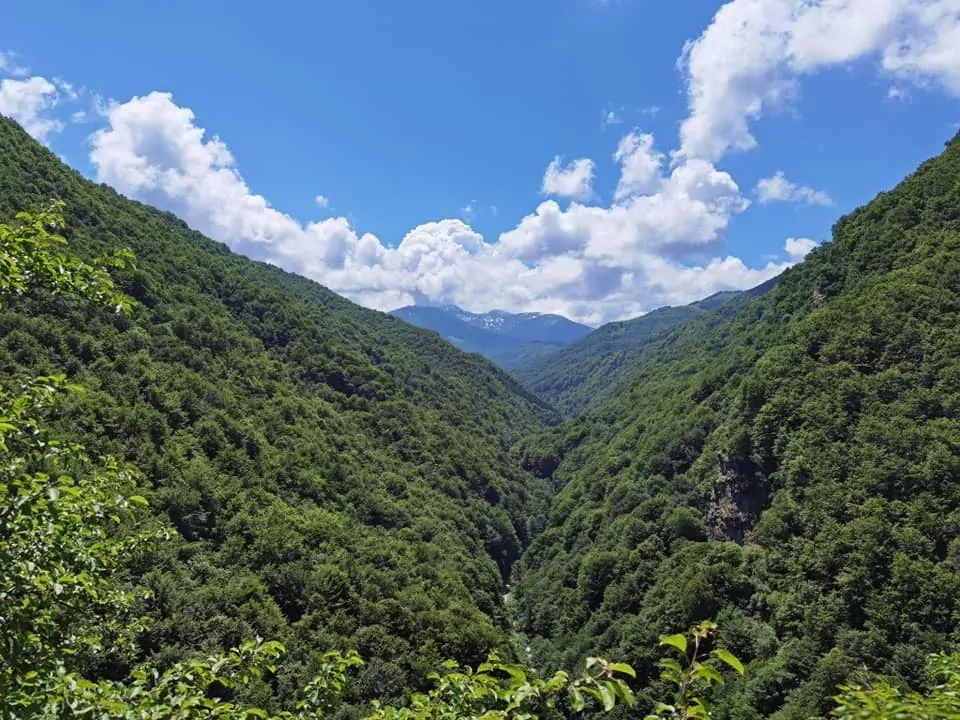
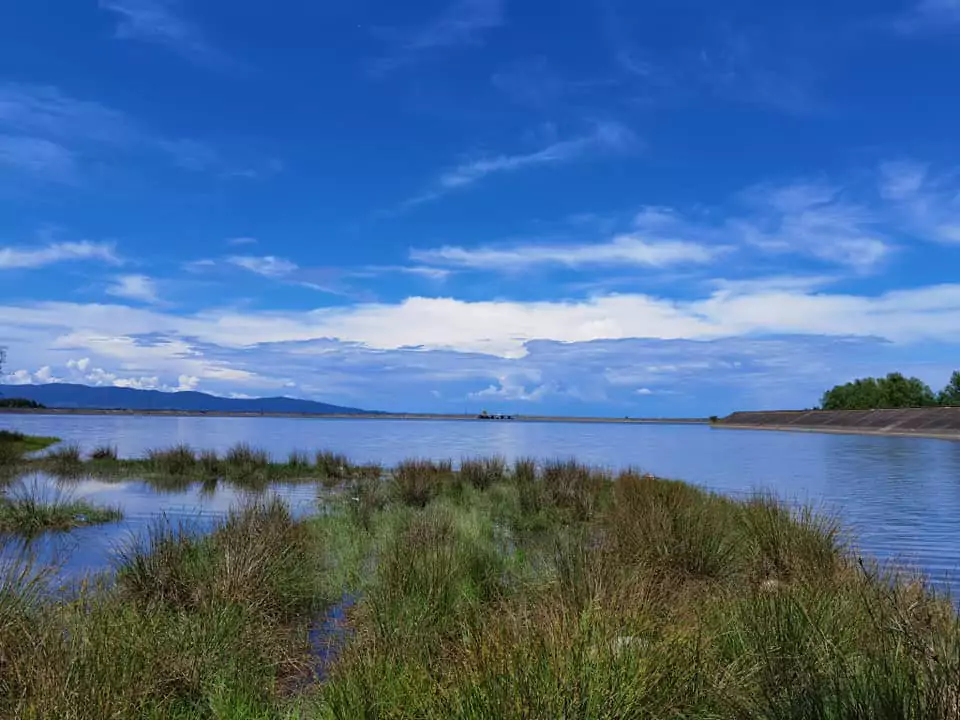
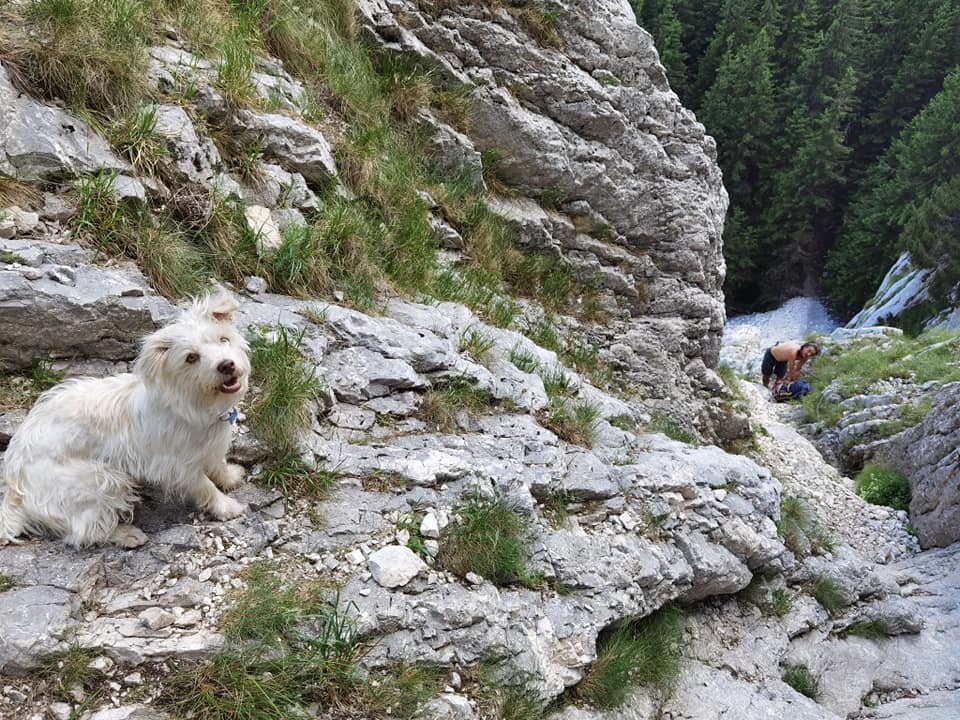
The complicated roads of Via Transilvanica: works on railways/ milestons placed by Helicopter
The arrangement of the road came with all sorts of unique challenges. For example, when the team arrived with the route in Caraş Severin, “via” took the rails: the route will also cross along a disused railway. “With the understanding of the Romanian Ministry of Transport and Infrastructure and the CFR Timisoara Regional, we received over 20 km of old, non-functional railway, which will become an access road and probably one of the nicest and most interesting paths we will ever walk. .
The communities from Bouțari and Zăvoi showed exemplary mobilization and started working seriously on this new and unexpected mission from the Via Transilvanica project. Thus, not only did our organization make the first “deforestation” in the history of Tășuleasa Social, but we also helped to rebuild a bridge ”, says the Tășuleasa community team on Facebook.
For this recent stage of the route, the milestones were placed by helicopter.
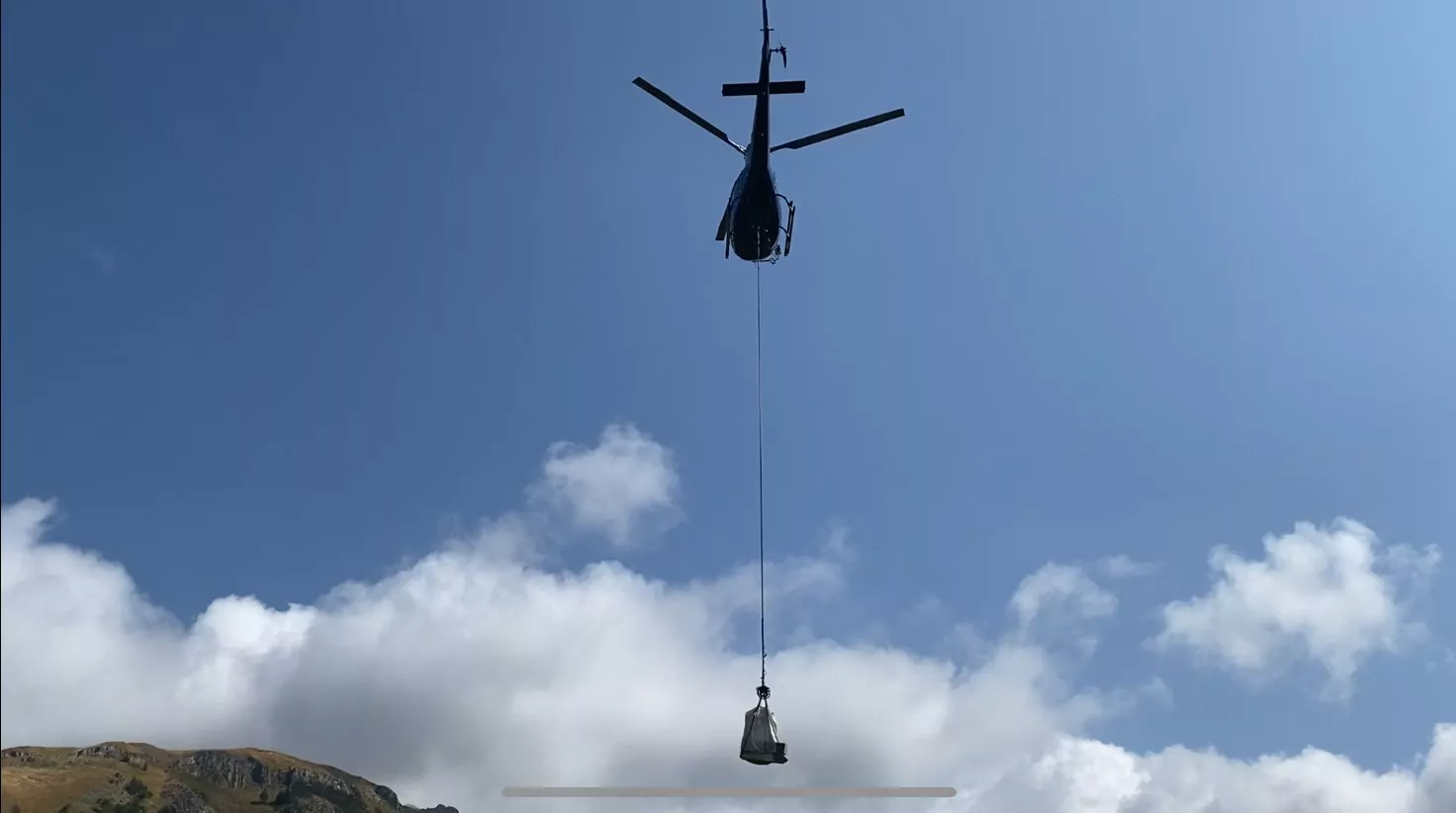
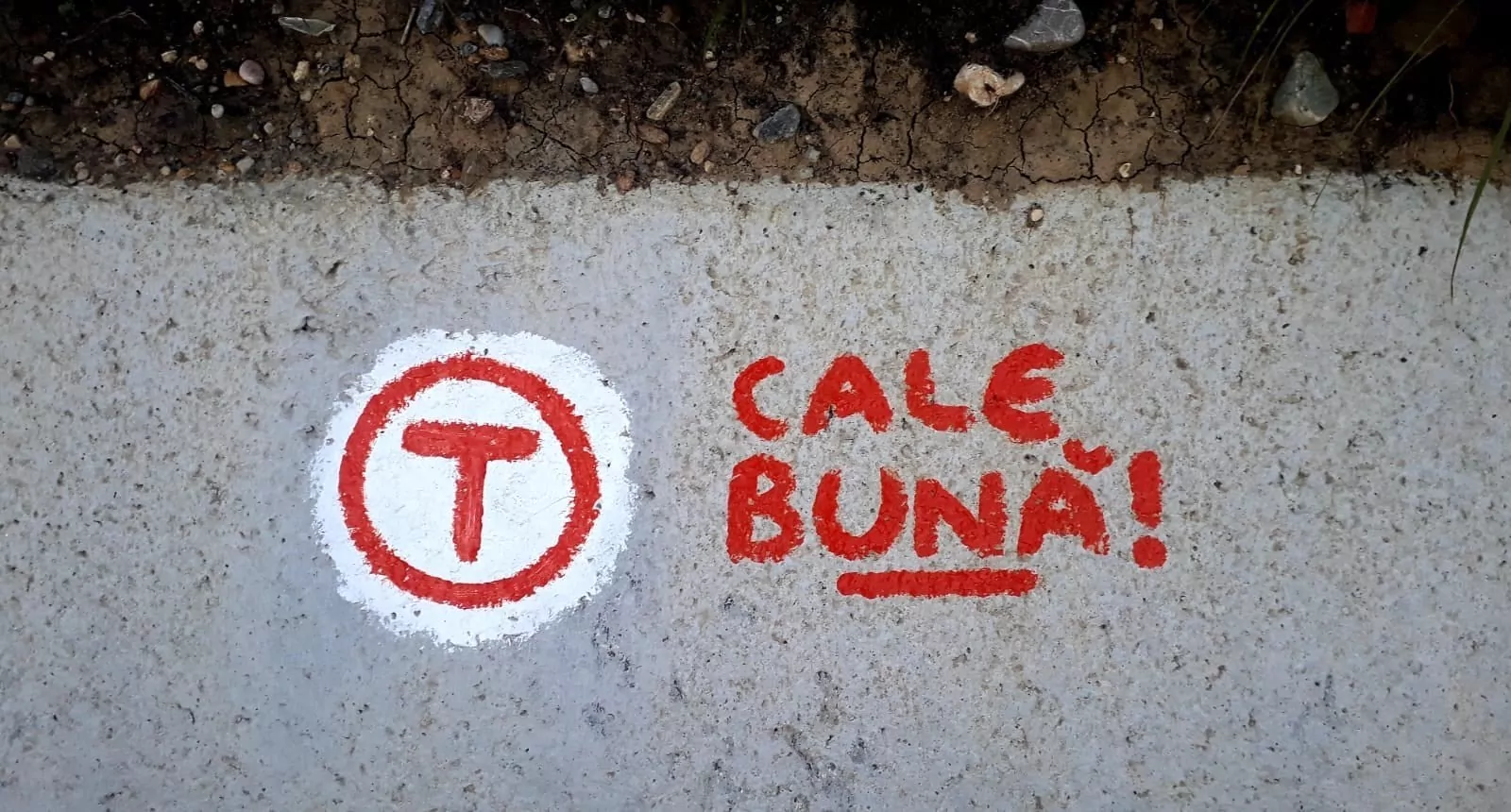
Translated from Romanian by Service For Life S.R.L.

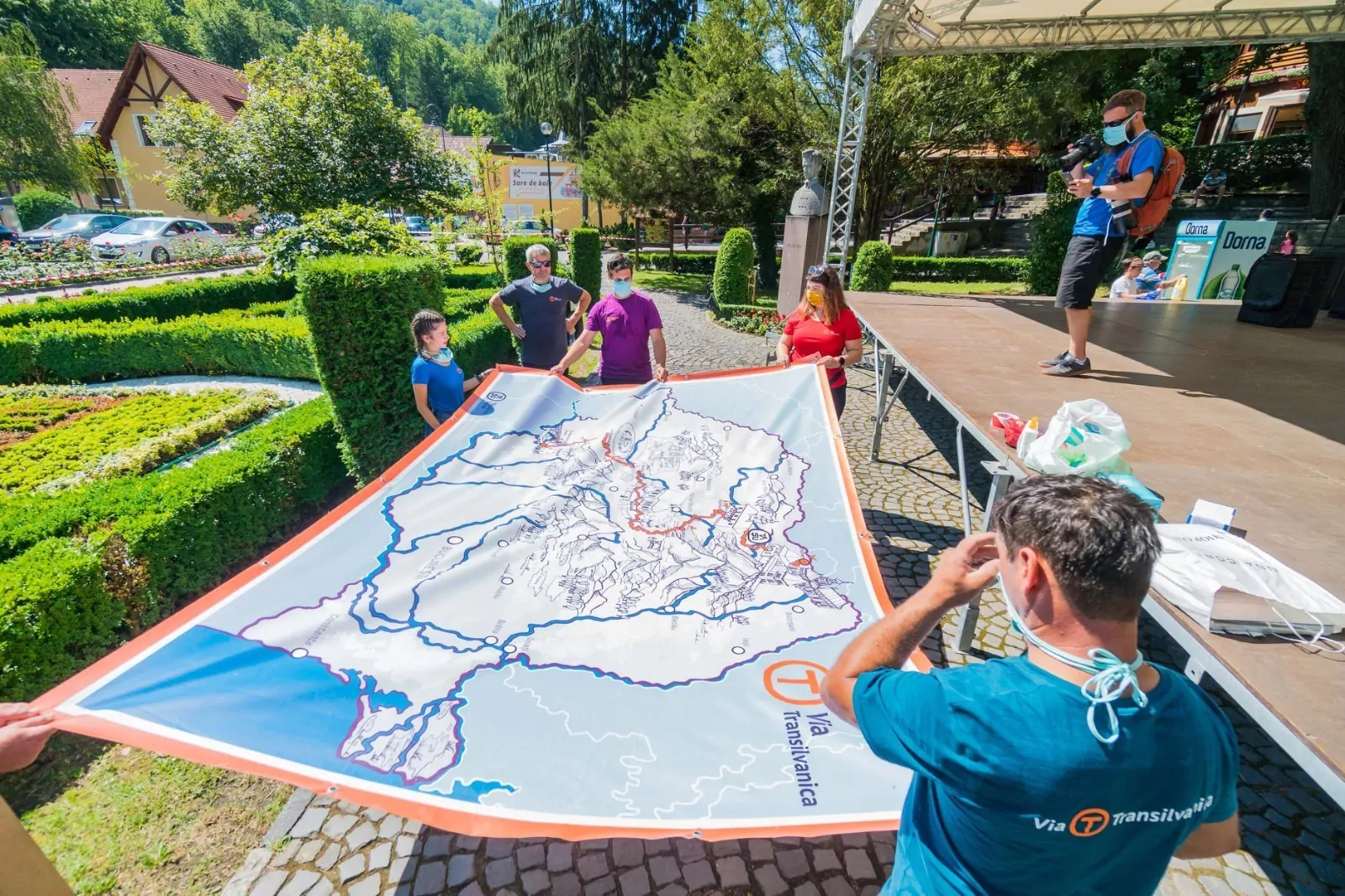 Sursa Foto: Via Transilvanica/ Facebook
Sursa Foto: Via Transilvanica/ Facebook





























